Why My Cat Won't Eat Wet Food?

As a cat owner, you may have experienced the frustration of your feline friend turning up their nose at wet cat food. Despite your best efforts, they just won’t touch it.
This can be a concern, especially if you’re trying to transition your cat from dry to wet food for health reasons.
In this article, we’ll explore why some cats may resist wet food and offer practical tips to help you encourage your cat to eat it.
Why Won’t My Cat Eat Wet Food?
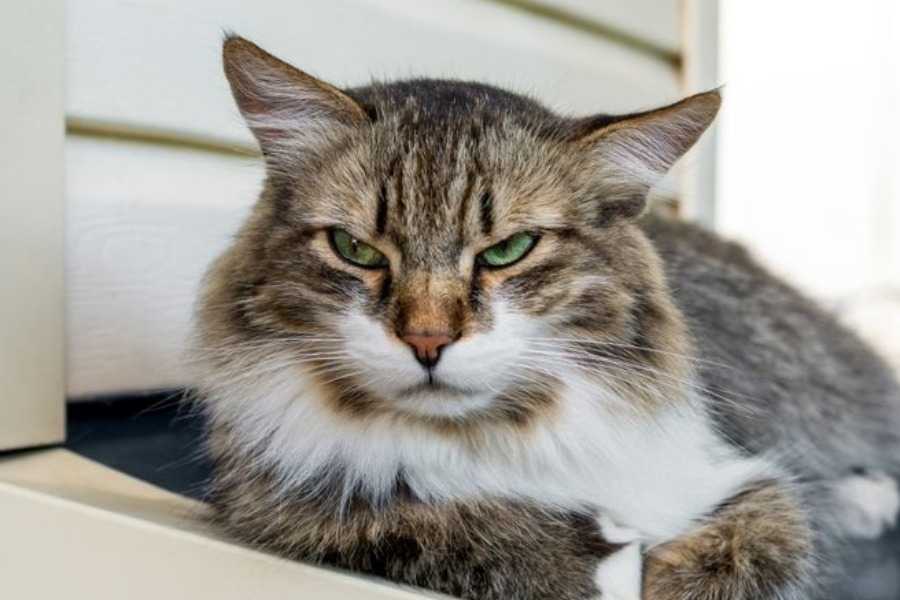
Cats can be notoriously picky eaters, and their refusal to eat wet food can stem from various reasons. Some cats may have been fed dry food since kittenhood and have grown accustomed to its texture and taste.
Others may find the smell or texture of wet food unappealing. In some cases, a cat’s refusal to eat wet food could be due to a medical issue, such as dental problems that make chewing uncomfortable.
Reasons It’s Beneficial To Feed Your Cat Wet Food
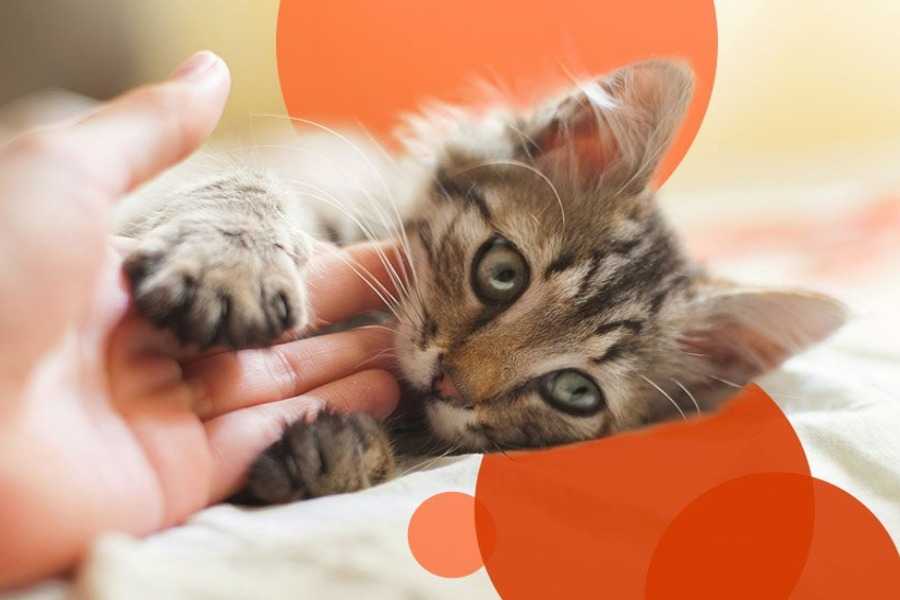
Wet cat food has several benefits. It has a higher moisture content, which can help keep your cat hydrated. This is particularly important for cats who don’t drink enough water.
Wet food is also typically higher in protein and lower in carbohydrates compared to dry food, making it a good choice for cats’ dietary needs.
Does It Matter if My Cat Only Eats Dry Kibble?
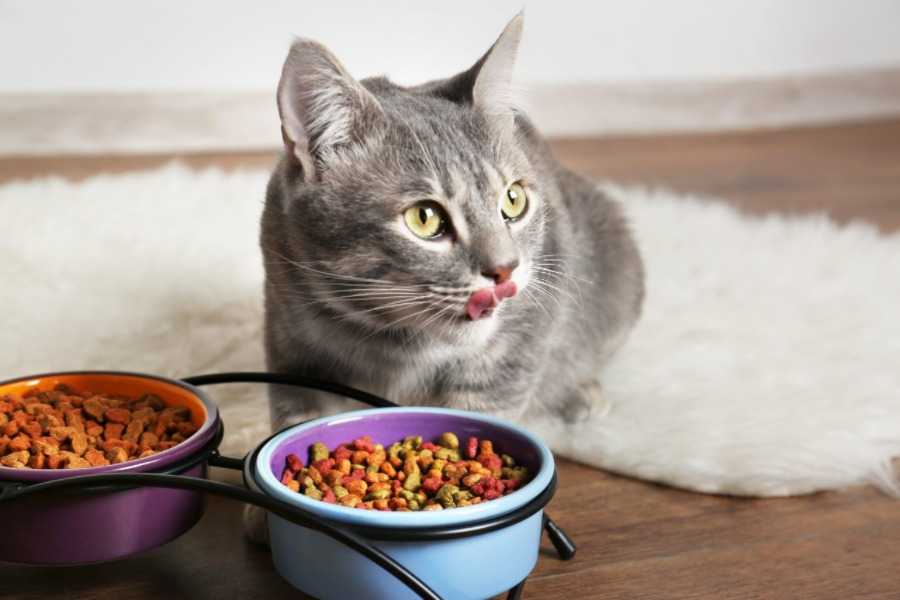
While dry kibble can be a convenient feeding option, it may not provide all the nutritional benefits that wet food offers.
Dry food is often higher in carbohydrates and may contribute to weight gain and obesity in cats. It also lacks the moisture content of wet food, which can lead to dehydration, particularly in cats who don’t drink enough water.
The Challenge with Wet Cat Food
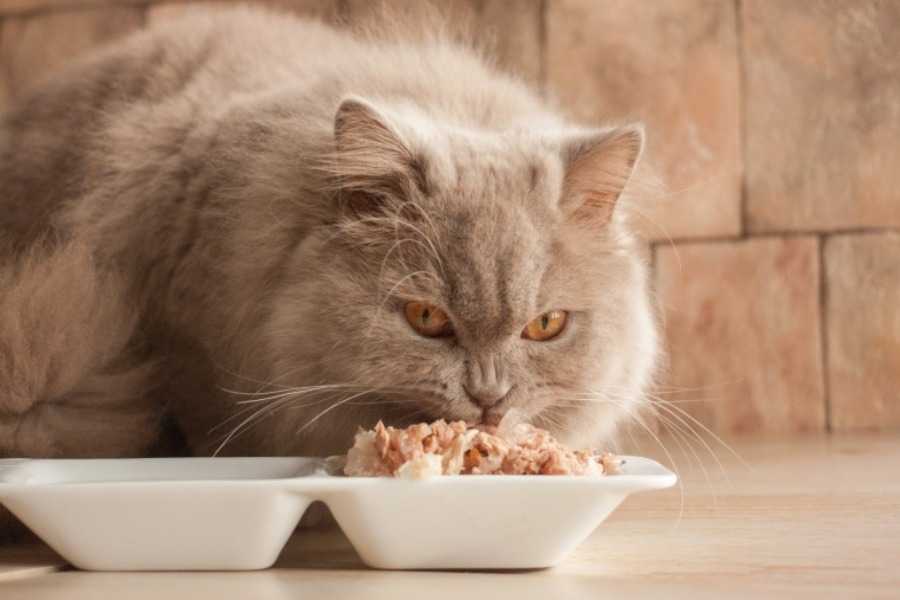
According to Dr. Jane Mathis from the Cat Doctor Veterinary Hospital and Hotel, many cats that have been fed strictly dry food since they were kittens can become “carbohydrate addicts.”
They tend to prefer the crunchy texture and taste of dry food, which is often higher in calories due to its higher carbohydrate content. This preference can make transitioning to wet food a challenge.
However, it’s important to note that wet food can be beneficial for cats. It typically has a higher protein content and can help keep your cat hydrated. But how do you get a stubborn cat to start eating it?
What Do You Do If Your Cat Won’t Eat Wet Food
If your cat refuses to eat wet food, don’t force it. Consult with your vet to rule out any medical issues that could be affecting your cat’s appetite. They can also provide advice on how to make the transition to wet food more appealing for your cat.
Transitioning Your Cat to Wet Food
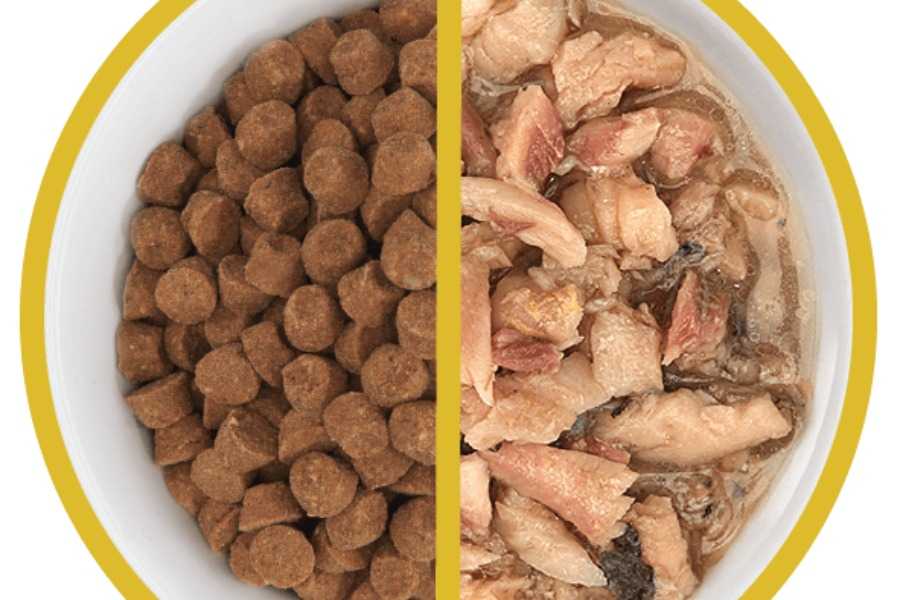
Transitioning your cat from dry to wet food should be a gradual process. A sudden change in diet can upset your cat’s stomach and make them even more resistant to the new food.
Here are some steps you can take:
Mix Wet and Dry Food: Start by adding a small amount of wet food to your cat’s regular dry food. Gradually increase the amount of wet food while decreasing the amount of dry food over several weeks.
Warm the Wet Food: Cats prefer food that is at room temperature or slightly warm. Cold food straight from the fridge may be less appealing to them.
Try Different Flavors and Textures: Just like humans, cats have their own food preferences. Experiment with different flavors and textures of wet food to find one your cat likes.
Hand Feed Your Cat: As shown in the video by Liana Amani, hand feeding can be an effective way to get your cat to try wet food. Cats trust their owners, and hand feeding can help build that trust.
Remember, patience is key. It may take some time for your cat to adjust to the new food. If your cat is still resistant after several weeks, it may be worth consulting with a veterinarian. They can provide additional advice and rule out any health issues that may be affecting your cat’s appetite.
When Should I Switch My Cat to Eating Wet Food?
The decision to switch your cat to wet food can depend on several factors, including their age, health status, and personal preference.
However, it’s never too late to introduce wet food into your cat’s diet. If your cat is overweight, prone to urinary issues, or doesn’t drink enough water, switching to wet food can be particularly beneficial.
Addressing Other Feeding Concerns
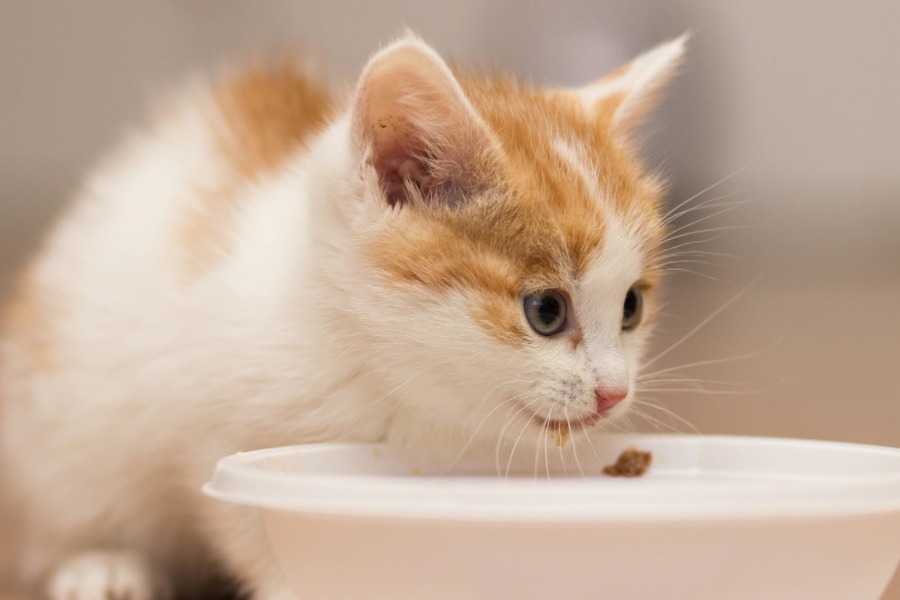
If your cat is overweight, you may be tempted to simply cut back on their food. However, this approach may not be effective and could even lead to other issues. Instead, focus on providing a balanced diet and encouraging regular exercise.
If you’re unsure about how much to feed your cat, consult with your vet. They can provide guidance based on your cat’s age, weight, and overall health.
It’s also important to monitor your cat’s behavior around food. If your cat is showing signs of aggression or other behavioral issues, it’s worth discussing this with your vet as well. These behaviors could be a sign of underlying issues that need to be addressed.
Wrapping Up

Transitioning your cat to wet food can be a challenge, but with patience and the right approach, it’s certainly possible. Remember, every cat is unique, so what works for one might not work for another. Don’t be afraid to experiment with different strategies until you find one that works for your feline friend.
For more insights on cat behavior and health, check out our other articles on PawsAdviser. You might find our articles on why cats have watery eyes and what to do when your cat is in heat particularly helpful. And if you’re a first-time cat owner, don’t miss our guide to the best cat breeds for first-time owners.
Tags
Share
Table Of Contents
Related Posts
Quick Links

